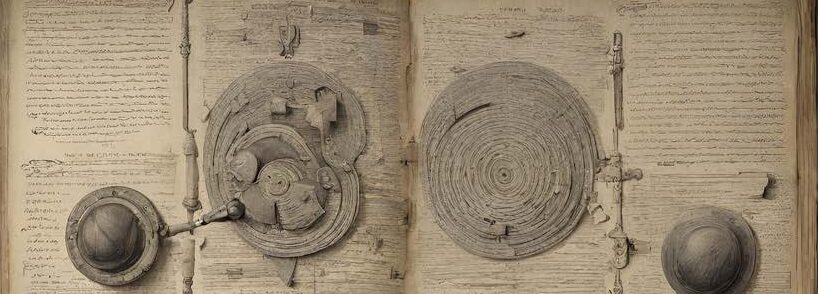Calligraphy is the art of handwriting. The term ‘calligraphy’ is derived from Greek words for “beauty” (kallos) and “to write” (graphein). Calligraphy as an art form can be categorized in 4 characteristics: symbol, integrity, harmony, and ancestry. Each alphabet, number and word resemble a specific language in an art form. The integrity of calligraphy emphasizes the proper form and aesthetic of the art itself. Harmony is the alluring relationship between the visual appeals and the text. Finally, ancestry illuminates how heritage has influenced the way we write. These 4 parts are what describes the different aspects of calligraphy

Calligraphy is considered an intricate and imperative art as it is equivalent to major art forms such as painting and sculpture. A clear distinction between printing and handwriting was derived in the 15th century when printing was introduced in Europe (William et. al, 2023). ‘Romans used to write on long scrolls using reed of quill pens that were dipped in ink, and later Christian churches used western calligraphy to copy Biblical texts’, said Love Leigh Loops in an article. Finally, the quills shifted from feather to steel as they were more convenient and did not require cutting and sharpening a new quill.

In the Middle East and East Asia, it is thought that calligraphy rooted from China where characters were drawn on animal bones and tortoise shells.




To delve deeper into Arabic calligraphy, it began as an aesthetic in architecture and coin design. The early Muslims tried to replicate Arabic calligraphy according to the Holy Quran and then it finally evolved into complex shapes, each adopting different styles. This included Arabic Musnad as the first Arabic script and the earlier alphabets of Canaanite and Aramaic Nabataean. These inscriptions were dated as far back as the 14th century
There are 3 fundamental tools to do calligraphy and they typically include a page, ink and a nib. All of these can vary and will ultimately give you a different result when interchanging them. The medium (nib) that you are operating with are the discrete calligraphy tools such as a brush pen typically used in modern calligraphy. Some renowned brands include the Sakura Koi and Pentel Fude. For beginners the best type of medium to start off with is a firm brush pen as the bristles do not spread easily and you have a controlled grip. As you advance in dexterity you might find yourself using the fountain or oblique pen but this is usually for experts.

As someone who paints and has a business revolved around selling art, I am quite fascinated and adequate at calligraphy. I started my journey at the beginning of this year and slowly but surely found myself diving into the world of calligraphy as an art form. I combined the realms of painting and calligraphy and circulated my art around Arabic calligraphy as wall art for people’s homes. Moreover, I also used to practice western calligraphy with dual art brushes and this is why calligraphy is a personal art form for me and holds a remarkable significance in my development in handwriting.
In conclusion, I would like to preface how calligraphy is implemented in many aspects of our lives and its journey through history has developed it into a fusion of visual appeal and written communication. From architecture to art, it has transpired a different meaning in terms of communication.
References
Williams, R. , Turner, . Eric Gardner , Pinder-Wilson, . Ralph H. , Anderson, . Donald M. , Nash, . Ray , Barbour, . Ruth and Brown, . T. Julian (2023, November 3). calligraphy. Encyclopedia Britannica. https://www.britannica.com/art/calligraphy
Beckett, 2022. Calligraphy Skills. https://www.calligraphy-skills.com/what-is-calligraphy.html
https://www.loveleighloops.com/blog/history-of-calligraphy
Beckett, 2022. Calligraphy Tools. https://www.calligraphy-skills.com/calligraphy-tools.html
Elmansy, (2014, March 20). Arabic Calligraphy: Taking a Closer Look. https://www.smashingmagazine.com/2014/03/taking-a-closer-look-at-arabic-calligraphy/

